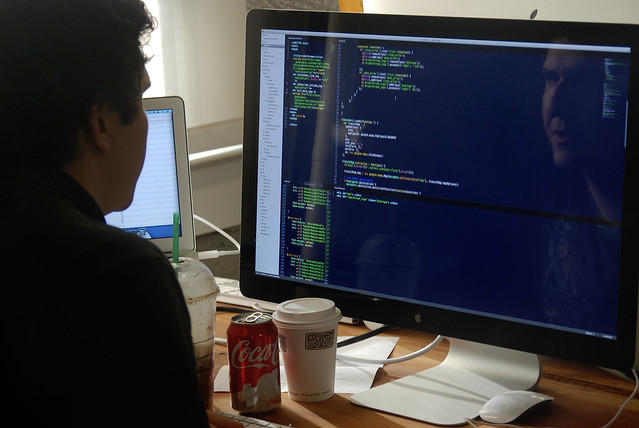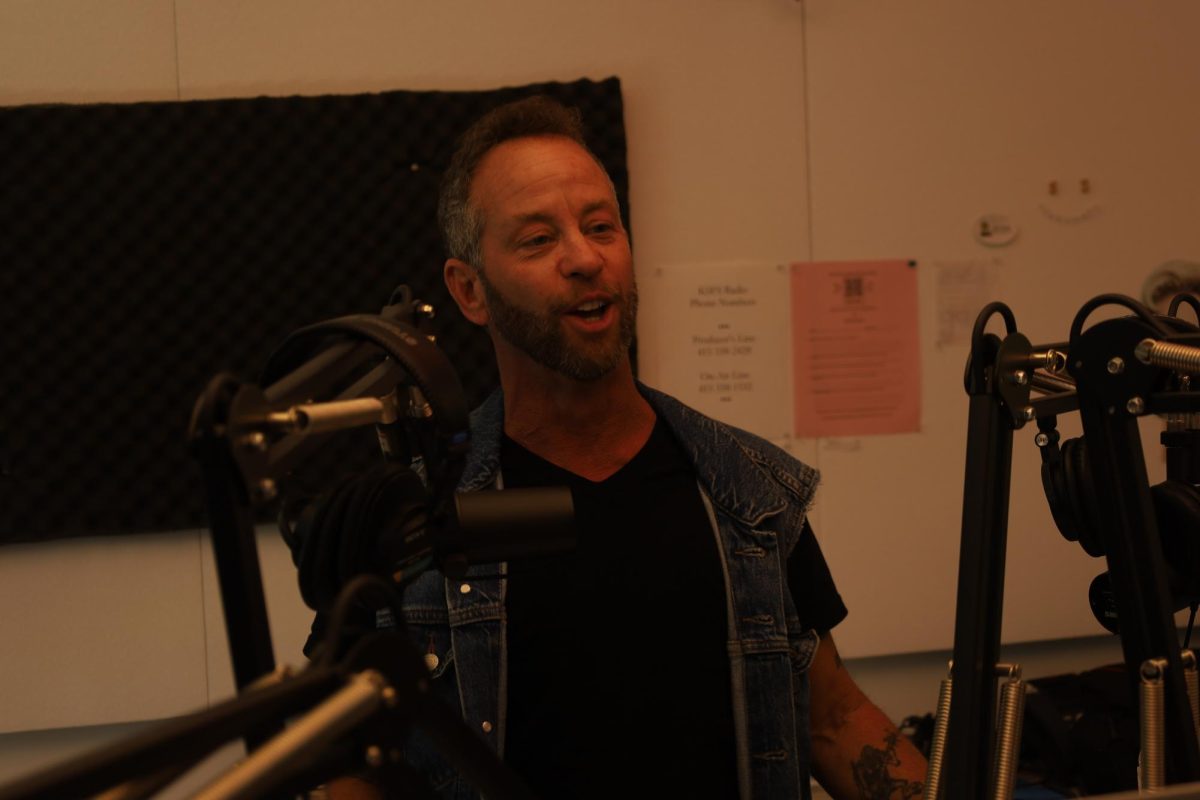
There is a love-hate relationship when it comes to transportation in San Francisco. This past weekend, close to 120 people gathered to put their brains together to create an optimal system that will bring the love back to a draining commute.
The Hattery in the South of Market District hosted the weekend-long hackathon, where individuals and teams worked together to build products as quickly as possible to raise money to bring their ideas to life. The Hattery is a venture capital firm, which invests in smaller start ups and wannabe start ups.
“We provide engineers, designers, planners and such to people who don’t have the resources to actually start their own companies, so we pretty much provide it for them,” said Josh Mendelsohn, who is a partner of the Hattery.
Innovative thinkers from the Bay Area gathered to bring their ideas to city planners and the San Francisco Municipal Transportation Agency on how to improve public transportation. From figuring out how to get to a destination on time to how to save the most money, riders have a number of factors to consider when traveling.
The project, Re-route SF was a collaborative effort by SFMTA, the San Francisco Planning Department, the Office of Mayor and Hattery Labs. The hackathon was sponsored to use technology, data and new ideas to improve three main challenges that affect the growing transportation industry, providing services, collecting data and better interaction with customers.
“Pretty much our challenge aims to make your commute suck less, we want to work to bring the tech community closer to the city,” Ben Armstrong, Hattery associate, said. “We want to create better technology to support San Francisco.”
The Hattery had more than 120 sign-ups for the event. Many came alone in hopes of finding other innovators who have the same goals for the weekend and also to network within the tech community. Like Kevin Schiesser who lives in the Mission District and participated in his first hackathon.
“I heard about this through other people in the community and I came to help develop someone else’s idea because this really is a great opportunity to learn more, lend out your skills and meet some really cool people,” Schiesser said.
Each team was made up of an engineer, a designer and a hustler—or business person—to create an app for transportation users or for the operation side of the SFMTA.
“This is a place where you can see democracy in action, companies or agencies present what they are looking for and we all can participate and develop different ways to go about it'” Schiesser said.
As individual ideas turned into group ideas, about 20 different teams presented their application to a panel of judges consisting of representatives from Google, SFMTA, the Mayor’s office and tech industry innovators. Hackers were able to talk one-on-one with the judges to see what they were looking for and what kinds of tools are in immediate need.
Apps ranged from minimizing the amount of bus chases an average rider experiences to finding open parking spots in neighborhoods.
Adriana Olmos is a freelance designer who just recently moved to San Francisco from Toronto. Her group created a prototype app called Neighborhood Bus. It incorporates bus rider feedback along with complaints and funny anecdotes that happen on any particular bus line.
“What we want to do is have almost like a forum where frequent riders of certain bus lines can express what they hate and like about their neighborhood buses,” Olmos said. “They can up vote certain complaints, so the SFMTA knows what problems have the highest priority.”
One group, who ended up winning the runner-up prize of $2,500, used Google Maps and created a prototype app called Rover. It used Google Maps analytics to show commuters how far they can get within 30 minutes.
“A lot of people tend to drive in the city because they think that Muni is slow, but this is false in most situations,” said Matt Le, who worked on Rover. “We’ve created this app to show people that Muni really is the best choice.”
Muni Miner won best public transit innovation. This app aimed to establish where and when slow buses happen. The team created a system application that can alert riders of bus delays and have bus drivers report where and how these delays are created.
“Our main goal was to create a system that will make customers love Muni, and one of the only ways that’s going to happen is if Muni is reliable,” Gil Tolle, software engineer who also worked on Rover, said.
Many of the apps were geared toward making public transportation the first choice and making it easy to provide feedback to the SFMTA. Winners of the events will be sponsored by the SFMTA and the city of San Francisco to make their application more user friendly.
“We really care about the community here in the city,” Mendelsohn said. “I think we accomplished what we aimed to do, which was to provide government agencies with the resources to improve their system, especially with all the budget cuts that have been effecting our city. “Transportation is something that really needs some help.”




